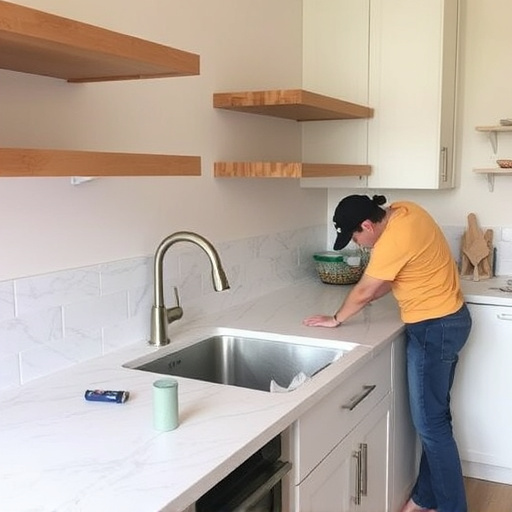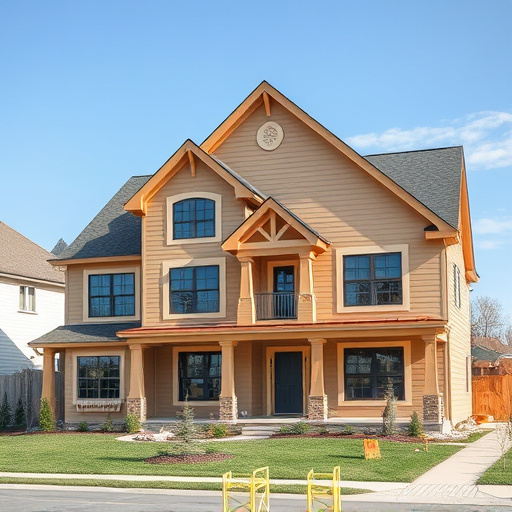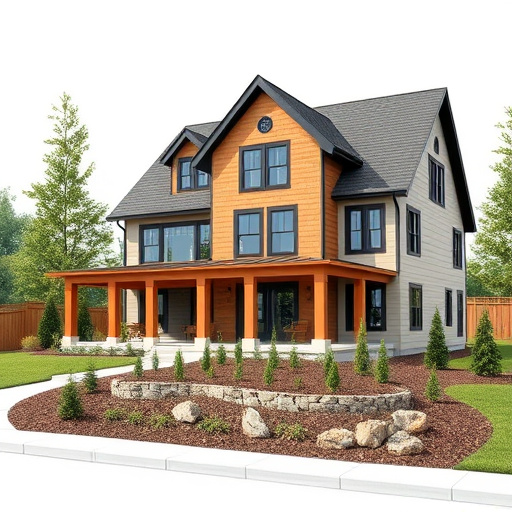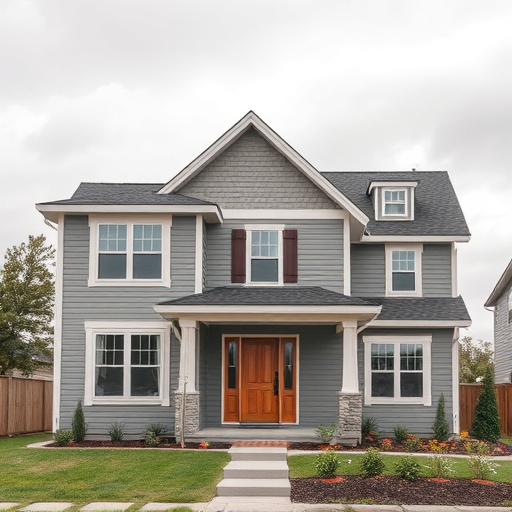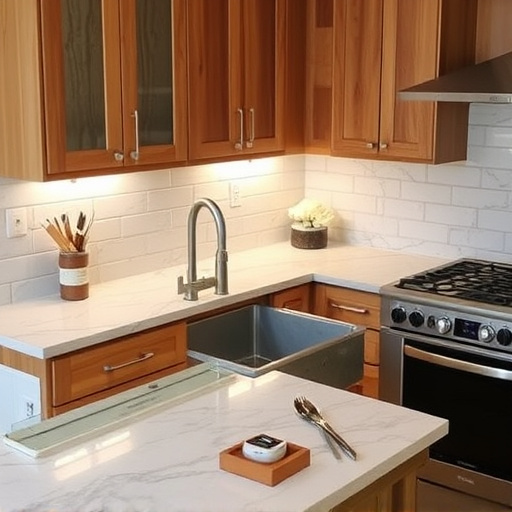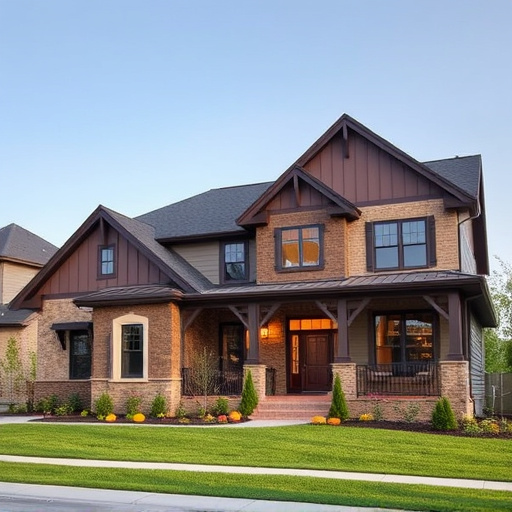Flexible interior designs with open floor plans, movable furniture, and adaptable layouts cater to multi-generational living. Neutral tones, textured accents, and vibrant accents create visual harmony, catering to diverse tastes. Open concepts enhance connectivity while providing personal spaces, optimized by versatile rooms and smart storage solutions. Durable, comfortable flooring completes harmonious, desirable multi-generational homes centered around strategic interior designs.
In today’s evolving family structures, harmoniously merging multi-generational homes requires thoughtful interior design. This article explores functional House design tips tailored for seamless co-existence. From creating flexible spaces that adapt to diverse needs, to blending generations through color and texture techniques, we delve into strategies enhancing flow and fostering open concepts. Discover how innovative interior designs can transform your home into a welcoming sanctuary for all ages.
- Creating Flexible Spaces: Key Interior Design Elements
- Blending Generations: Color and Texture Techniques
- Optimizing Flow: Open Concepts for Harmony and Comfort
Creating Flexible Spaces: Key Interior Design Elements
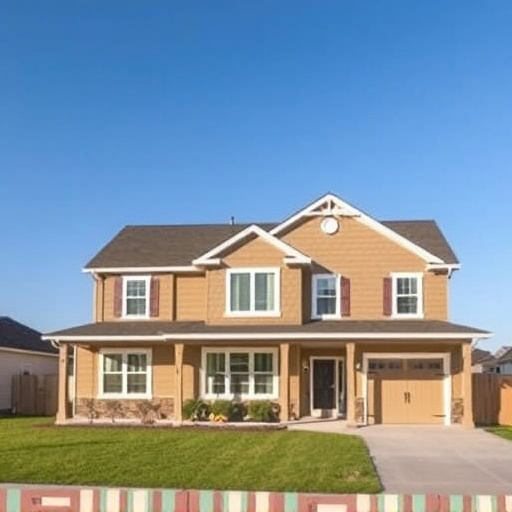
Creating flexible spaces is a cornerstone of functional house design for multi-generational living. Interior designs that adapt to changing needs and preferences are essential in homes where various age groups coexist. Consider open floor plans that allow for easy reconfiguration—a cozy reading nook can become a temporary office, or a dining area can be transformed into a play space. Movable furniture, such as folding tables and multi-functional sofas, further enhances this flexibility. These design elements not only ensure every family member has their own space but also foster community when needed.
When remodeling multiple rooms, prioritize versatile interior designs that double as entertainment hubs and intimate retreats. Think beyond traditional layouts; incorporate sliding doors, partitions, and built-in storage solutions to create functional spaces that can evolve with the household. And don’t overlook exterior painting—a fresh coat of paint on a living area or patio can instantly transform these spaces into inviting areas for social gatherings or quiet solitude.
Blending Generations: Color and Texture Techniques
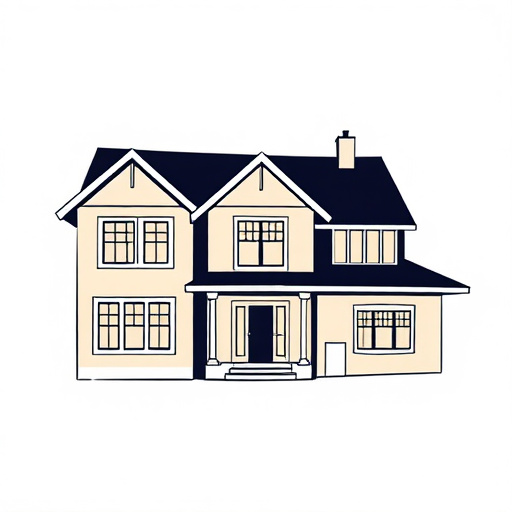
When blending different generations under one roof, creating a harmonious interior design that caters to diverse tastes and lifestyles is key. Color and texture play a significant role in this endeavor. Soft, neutral tones like beige, gray, and white can serve as a unifying base, offering a calming and inclusive atmosphere. These colors are versatile and can be easily accented with pops of vibrant shades preferred by younger generations, creating visual interest without clashing with the more subdued preferences of elders.
Texture is another powerful tool in this mix. Incorporating various textures through fabrics, furniture, and wall coverings allows for customization within a shared space. For instance, plush rugs, cozy throws, and velvet cushions cater to comfort-seeking residents while providing a sense of personalization. Conversely, smooth, polished surfaces and crisp lines appeal to modern aesthetics appreciated by younger inhabitants. Balancing these textures through residential renovations or customized work can result in an interior design that pleases all generations, fostering a blended and functional living environment.
Optimizing Flow: Open Concepts for Harmony and Comfort
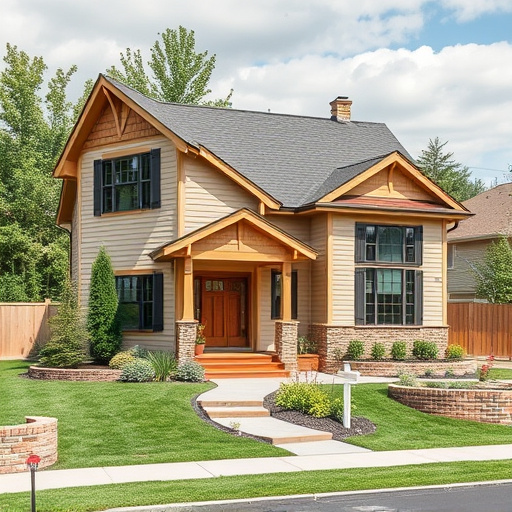
Creating a seamless flow within your home is essential for fostering harmony among family members from different generations. Open concept interior designs are a popular choice for multi-generational living as they encourage interaction and reduce potential silos. By eliminating unnecessary walls, you not only create a visually appealing space but also facilitate easier movement between rooms. This design approach allows everyone to be part of the action, whether it’s gathering in the kitchen for meals or enjoying quiet time in a cozy reading nook.
Optimizing flow further involves considering functional spaces tailored to diverse needs. For instance, a flexible living area can double as a playroom for children and a quiet study for adults. Customized home renovations should focus on creating these multi-purpose zones using versatile furniture and smart storage solutions. Floor replacements, while not the primary focus, can also contribute to this seamless flow by selecting materials that offer durability and comfort underfoot, ensuring everyone enjoys their time in the space.
Integrating multiple generations under one roof can be a design challenge, but with strategic planning and thoughtful interior designs, it becomes an opportunity for harmony. By adopting flexible space layouts, blending color and texture effectively, and prioritizing open concepts, your home can cater to diverse needs and foster intergenerational connections. These functional house design tips ensure comfort, beauty, and unity, making multi-generational living a delightful experience.








